Serena Williams is not exactly an elegant tennis player — her game is based overwhelmingly on raw power — but one of her shots is an exception. Her serve is not only one of the most destructive strokes in tennis, it’s also one of the most beguilingly beautiful. Her action begins slowly, even ponderously — as if her limbs are reluctant to emerge from stillness. But from this heaviness comes a sudden gathering, an explosive acceleration, as racket, arm, trunk and legs are flung up in unison towards the ball. Gerald Marzorati devotes a couple of pages to Williams’s serve in Seeing Serena, and he points out something I’d never noticed, which is how ‘effortlessly smooth’ her ball toss is. No one, he writes, not even Federer, has ever used their non-dominant arm so efficiently on serve.
Marzorati knows his tennis well, and is good at observing such things — nuances of style and technique that often get overlooked. Watching Williams partner Andy Murray in a mixed doubles at Wimbledon, he notes that her ability to hit low volleys on the move has always been (and remains) ‘a challenge’. He also writes well about her service return, and the terror it must inspire in opponents. Just imagine the stress of knowing that if one of your hardest serves is fractionally misplaced, it is likely to be dispatched for a screaming winner. As someone whose serve rarely goes where intended, I can imagine that feeling only too well.
Marzorati got the idea for his book in the wake of the 2018 US Open final, scene of that torrid argument between Williams and the chair umpire Carlos Ramos, during which she accused him of ‘stealing’ a game from her, and later suggested that he’d been sexist. So much heat did the incident generate that it got Marzorati thinking about how Williams had become much more than simply a tennis player. These days, he observed, she was also a social media influencer, a fashion icon, a ‘working mom with a baby’ — and, of course, a ‘striving’ black woman who’d ‘forged a commanding presence in one white realm after another’. To better understand these roles, he decided to follow Williams for the 2019 tennis season, watching her matches, attending her press conferences and speaking with people — both from inside and outside the world of tennis — who could shed light on what she represented.
The book has a free-flowing, essayistic structure, which allows Marzorati to wander across many topics, some only tenuously related to Williams. There are a few arresting moments which have nothing much to do with her at all. An interview with Chris Evert leads to a discussion of the challenges of playing on clay courts. The arrival of Wimbledon prompts a micro-essay on the significance of lawns in English tradition.
There is also an interesting passage explaining why top men beat top women so easily — something that a teenage Williams helped demonstrate in 1996, when she accepted a challenge to play Karsten Braasch, a German player ranked around 200 in the world, and got thrashed 6-1. People generally assume that men’s advantage over women is that they hit the ball much harder. Not so, Marzorati says: the differences in shot velocity are actually small. What really favours men is that they are far quicker around the court than women, especially when running from side to side — something that probably stems from their hips being slimmer.
Marzorati, as I’ve said, is a good commentator on tennis, but his book suffers a dip when he analyses Williams as a cultural icon. Here he is hampered by a reverential tone that ‘may or may not’ (a favourite formulation) be related to his former job as the editor of New York Times Magazine. He does seem terribly impressed by Williams’s ascension into a sphere of celebrity that makes it natural for her wedding guests to include ‘her friends Kim Kardashian and Eva Longoria, Beyonce and Jay-Z’. We learn that Williams walked down the aisle at this wedding (to the ‘tech-world influencer’ Alexis Ohanian, incidentally) in a dress designed by Sarah Burton, who had also designed the Duchess of Cambridge’s wedding dress — a fact that, Marzorati cryptically adds, ‘Williams may or may not have considered. ‘
Diction, too, can be a problem. Up-and-coming players are always ‘phenoms’ (as in the ‘young Japanese phenom Naomi Osaka’). All sorts of people have ‘cultural moments’. Williams herself triggered one in 2018, when she wrote some fairly standard things on Instagram about the difficulties of combining tennis and motherhood. Forging this narrative, of ‘being a struggling working mum’, was apparently as ‘galvanic as anything she’d ever done’. But then it’s hardly surprising that it made such an impact, because Marzorati has by this point already informed us that
Williams entered her thirties at a time when being black and female, especially if immixed with wealth or stardom (or both), began to make for an especially galvanising admixture.
I’m struggling to describe (let alone understand) this sentence, but I’m pretty sure it’s the opposite of galvanic.
It’s not, of course, that there is nothing to say about Williams’s cultural influence, or the racism she and her sister Venus have encountered throughout their careers (crowds cheering whenever they were losing; the sniffiness of opponents and officials). When Marzorati analyses specific instances of prejudice, he is invariably sensible and illuminating. But as a cultural critic — which he clearly aspires to be — he is let down by being too obviously invested in, too accepting of, the culture that he is analysing. Bar the inevitable ills of racism and sexism, he doesn’t really criticise anything. Strip away the effortful theorising (references to Sontag, Claudia Rankine, etc), and large parts of this book end up being a bland celebration of little more than the fact that Williams has 13 million Instagram followers, that she started her own line in athleisure wear and that when she retires she may forge a path similar to that of the ‘Barbados-born pop singer turned global taste arbiter and lifestyle entrepreneur, Rihanna’. For now, I’ll stick to watching her play tennis.
Got something to add? Join the discussion and comment below.
Get 10 issues for just $10
Subscribe to The Spectator Australia today for the next 10 magazine issues, plus full online access, for just $10.
You might disagree with half of it, but you’ll enjoy reading all of it. Try your first month for free, then just $2 a week for the remainder of your first year.

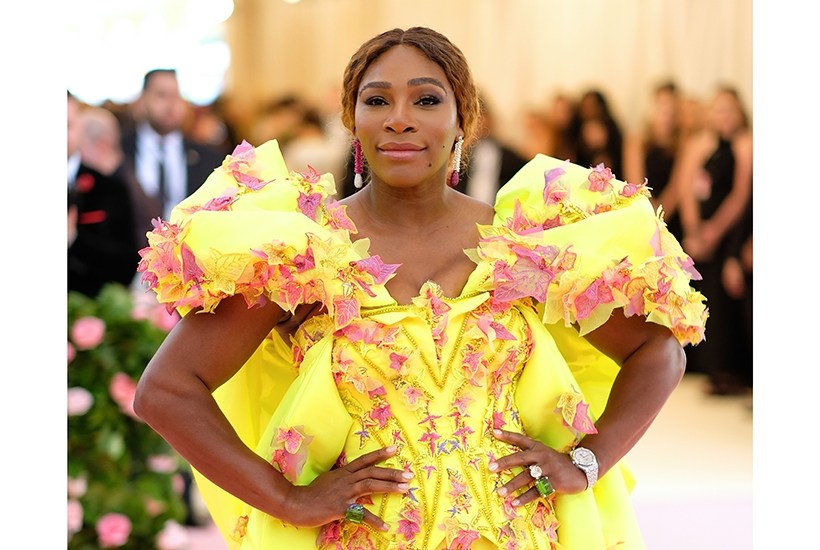
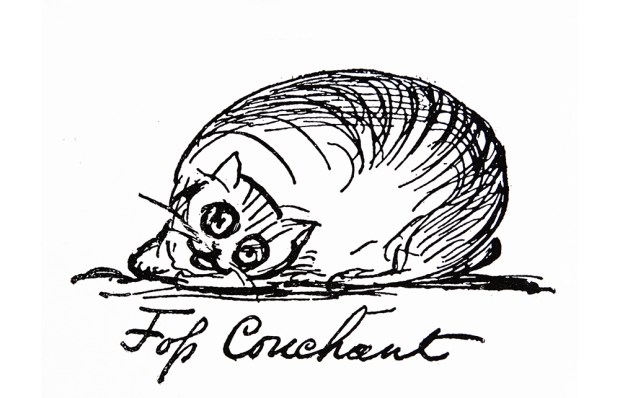
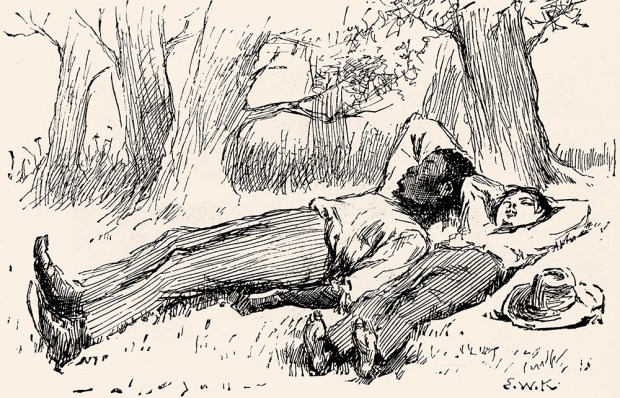


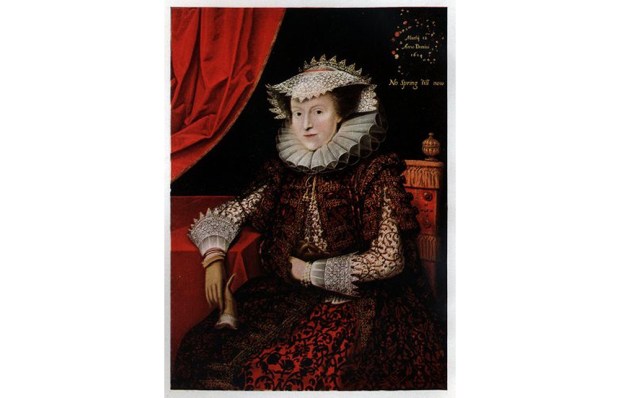
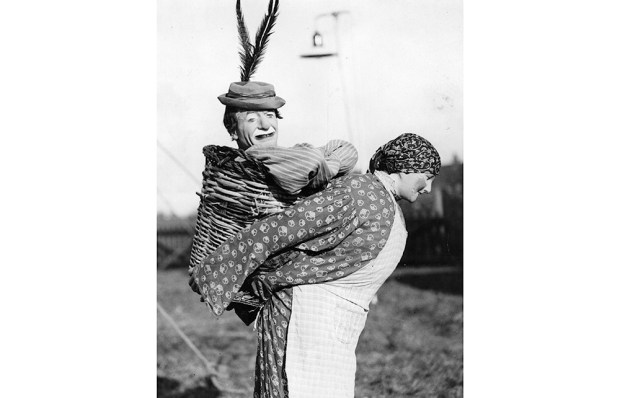






Comments
Don't miss out
Join the conversation with other Spectator Australia readers. Subscribe to leave a comment.
SUBSCRIBEAlready a subscriber? Log in